Table of Contents
Minimal Waste Fulfillment Packaging Strategies
The e-commerce boom has dramatically increased packaging waste, with fulfillment centers becoming significant contributors to environmental impact. Implementing minimal waste fulfillment packaging strategies not only addresses ecological concerns but also creates operational efficiencies and enhances brand perception. This guide explores practical approaches to reducing packaging waste without compromising product protection or customer satisfaction.
Understanding Minimal Waste Fulfillment
Minimal waste fulfillment focuses on reducing packaging volume, eliminating unnecessary materials, and ensuring that necessary components are environmentally responsible. The concept extends beyond simply using less material to encompass the entire packaging lifecycle, from production through disposal or reuse.
According to research on sustainable packaging trends, businesses implementing minimal waste strategies report an average 30% reduction in packaging costs and significant improvements in customer sentiment. The movement toward minimal waste aligns with broader sustainability goals while delivering tangible business benefits.
Right-Sizing: The Foundation of Waste Reduction
Oversized packaging remains one of the most common sources of waste in fulfillment operations. Right-sizing involves matching package dimensions to product requirements, eliminating void space that necessitates additional fill materials.
Implementing Right-Sizing Systems
- Automated dimension scanning technology
- On-demand packaging systems that create custom-sized boxes
- Flexible packaging options for various product categories
- Regular audit of packaging sizes against actual shipment needs
Businesses adopting right-sizing report up to 40% reduction in corrugated material usage and significant savings on dimensional weight shipping charges. For precise measurement during packaging, many operations utilize accurate digital weighing equipment to ensure optimal material usage and shipping cost calculations.
Sustainable Materials for Modern Fulfillment
The choice of packaging materials significantly impacts environmental footprint. Today's sustainable options balance protection, presentation, and planet-friendly attributes.
Emerging Sustainable Materials
Several innovative materials are gaining traction in fulfillment operations:
- Mushroom-based packaging, as detailed in this exploration of mycelium packaging, offers biodegradable protection for fragile items
- Seaweed and rice paper solutions provide water-soluble alternatives for smaller items, as discussed in this article on edible packaging options
- Mono-material solutions that simplify recycling processes
- Plant-based films and bioplastics that reduce fossil fuel dependency
Operational Efficiency and Waste Reduction
Minimal waste strategies extend beyond materials to encompass fulfillment processes themselves. Efficient operations naturally produce less waste while improving cost structures.
Process Optimization Techniques
Key operational improvements include:
- Centralized packaging stations with clear waste reduction protocols
- Training programs focused on minimal material usage
- Regular waste audits to identify improvement opportunities
- Integration of closed-loop systems where packaging returns for reuse
Companies implementing comprehensive operational efficiency measures alongside material changes report waste reduction of up to 60% compared to traditional fulfillment approaches.
Enhancing Customer Experience Through Sustainable Packaging
Minimal waste packaging can actually improve customer experience when thoughtfully implemented. Modern consumers increasingly value sustainability in their purchasing decisions.
Communication and Transparency
Effective strategies include:
- Clear messaging about packaging choices and environmental benefits
- QR codes linking to detailed sustainability information
- Packaging that demonstrates visible eco-attributes rather than just claiming them
- Instructions for proper disposal, composting, or return of packaging materials
Brands effectively communicating their packaging sustainability efforts report up to 73% higher customer satisfaction scores and improved repeat purchase rates compared to those using conventional packaging without explanation.
Implementation Strategies for Business Success
Transitioning to minimal waste fulfillment requires strategic planning and phased implementation. Most successful programs follow a similar pattern:
- Conduct a comprehensive packaging audit to establish baseline metrics
- Identify quick wins that can be implemented immediately
- Develop a phased approach for more complex changes
- Establish clear KPIs to measure progress
- Create feedback loops with customers and operations teams
The financial case for minimal waste packaging continues to strengthen. According to research on sustainable packaging ROI, businesses implementing comprehensive strategies report an average 22% reduction in total packaging costs within the first year, with additional benefits from improved brand perception and customer loyalty.
As we move toward 2025 and beyond, minimal waste fulfillment packaging will likely transition from competitive advantage to industry standard. Businesses that proactively develop expertise in this area position themselves for long-term success in an increasingly sustainability-conscious marketplace.

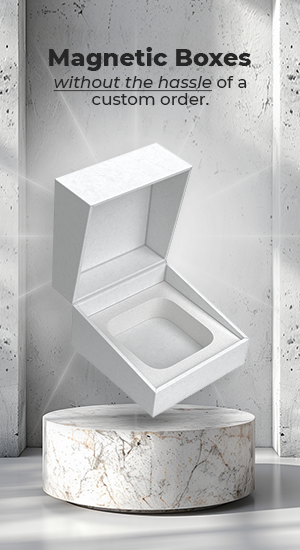
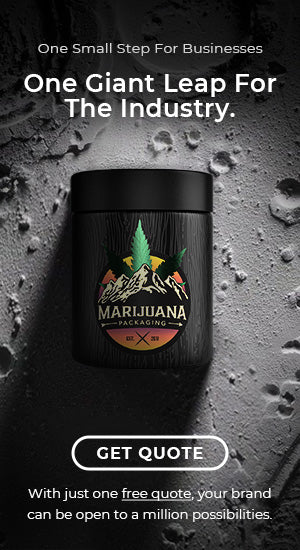
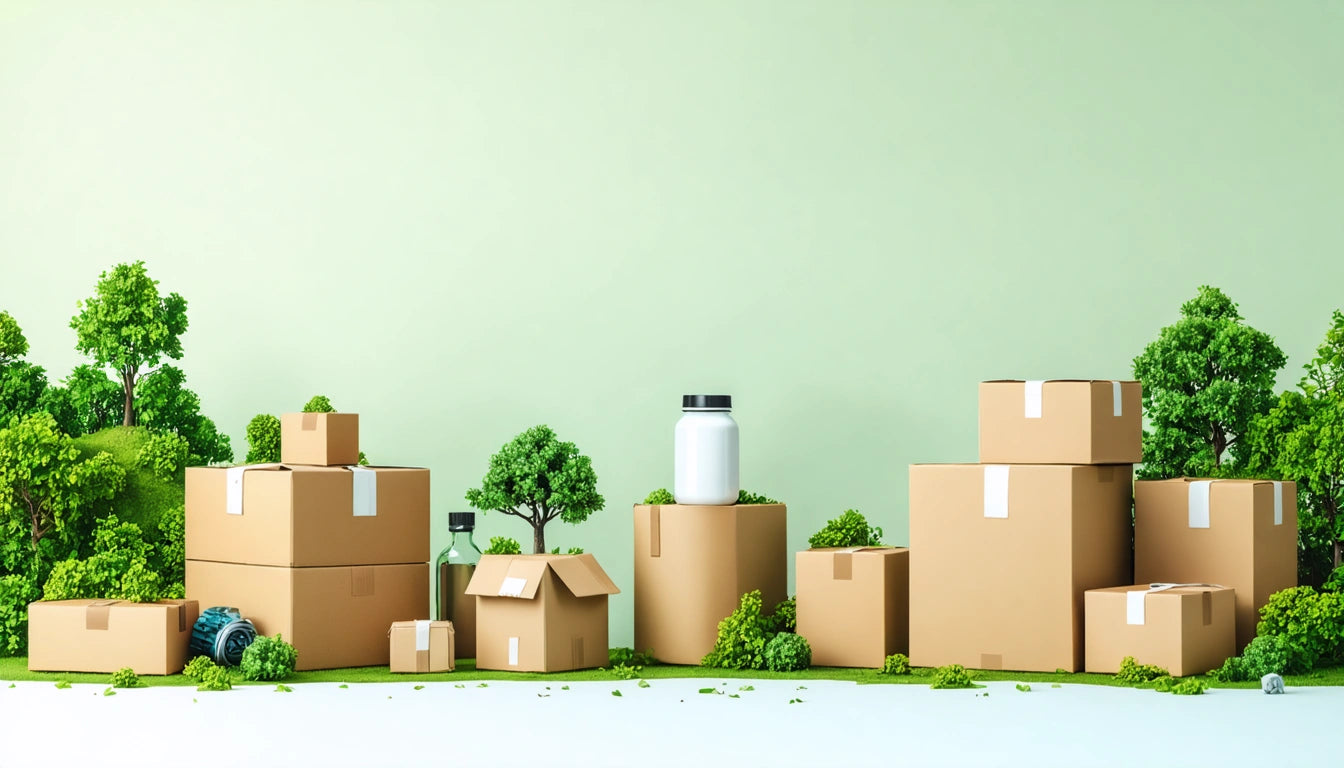
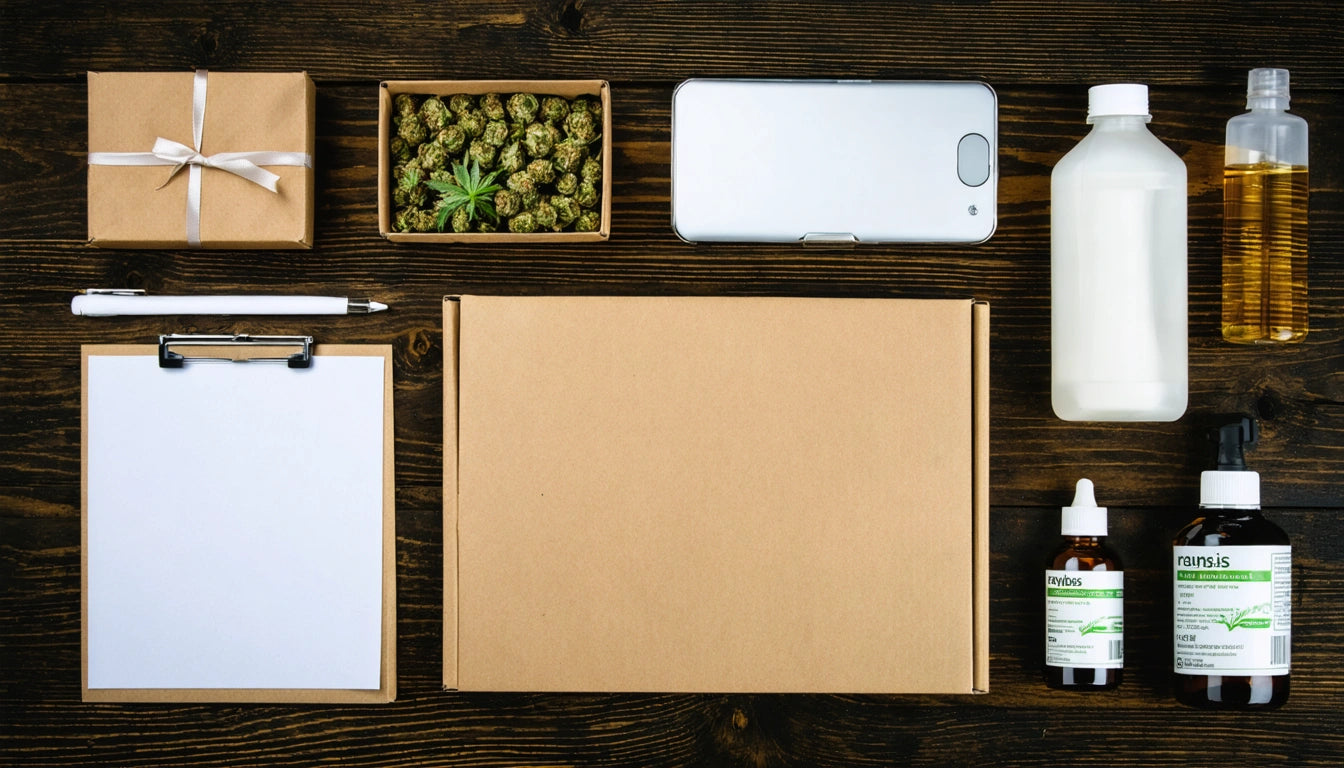
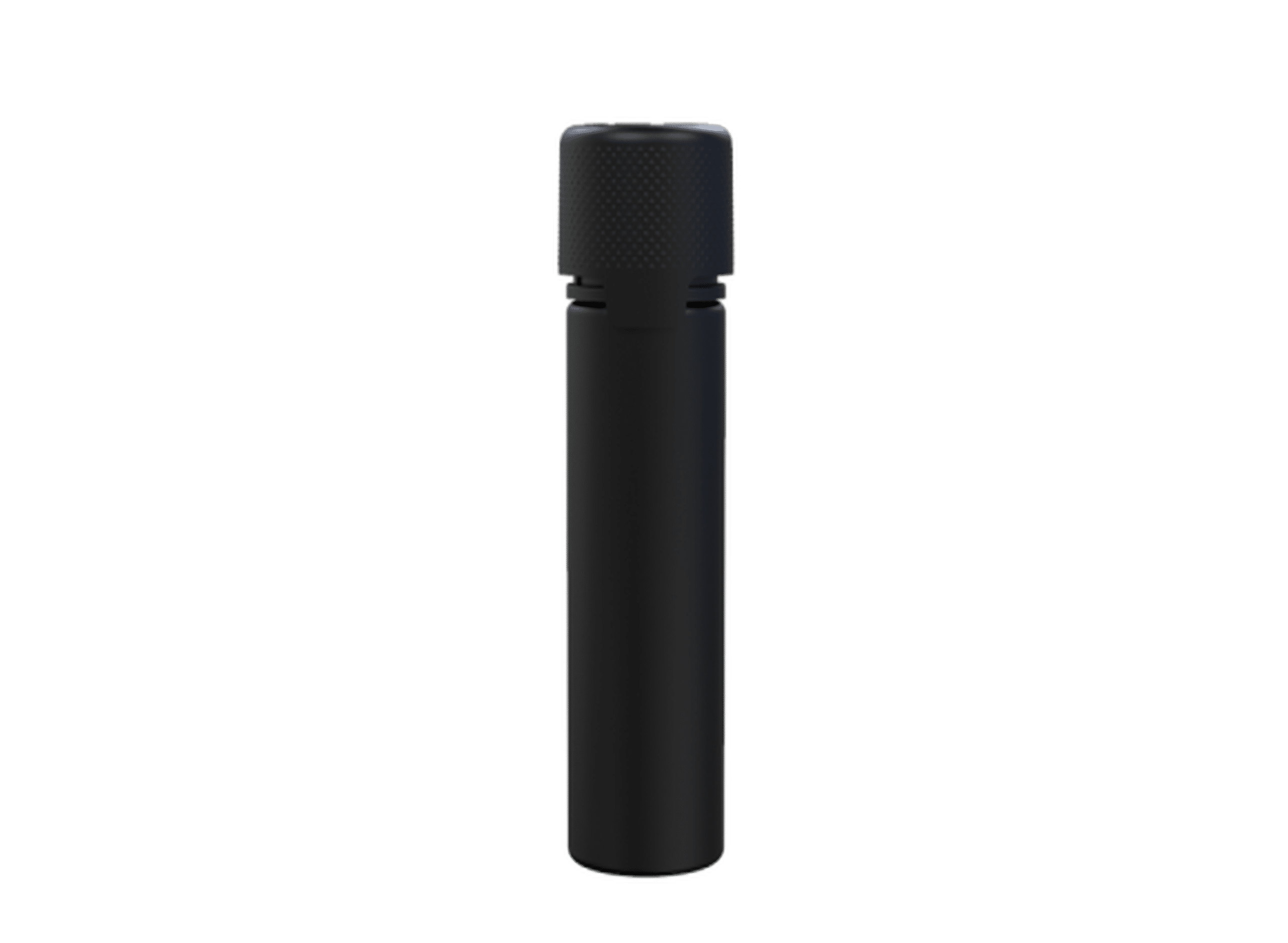


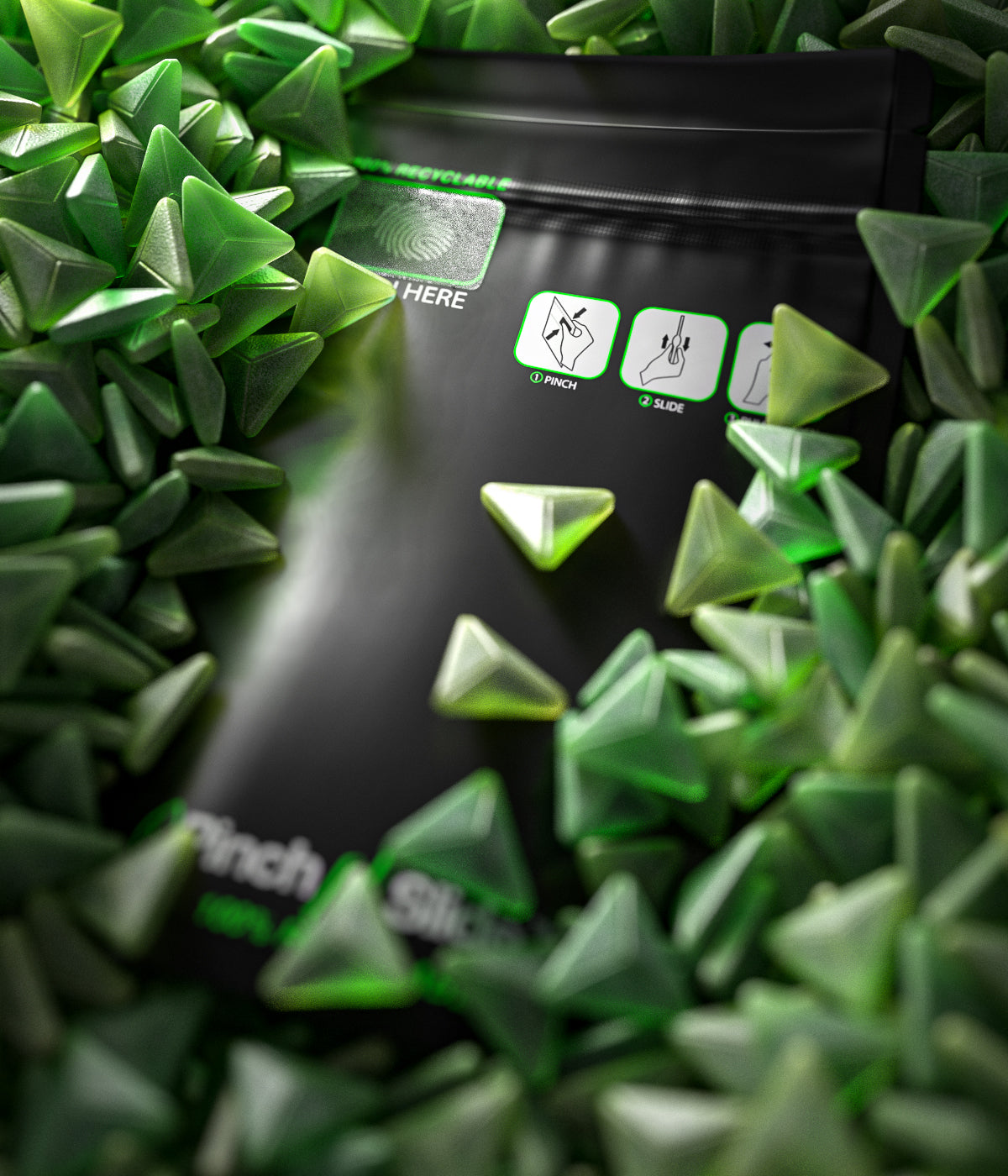

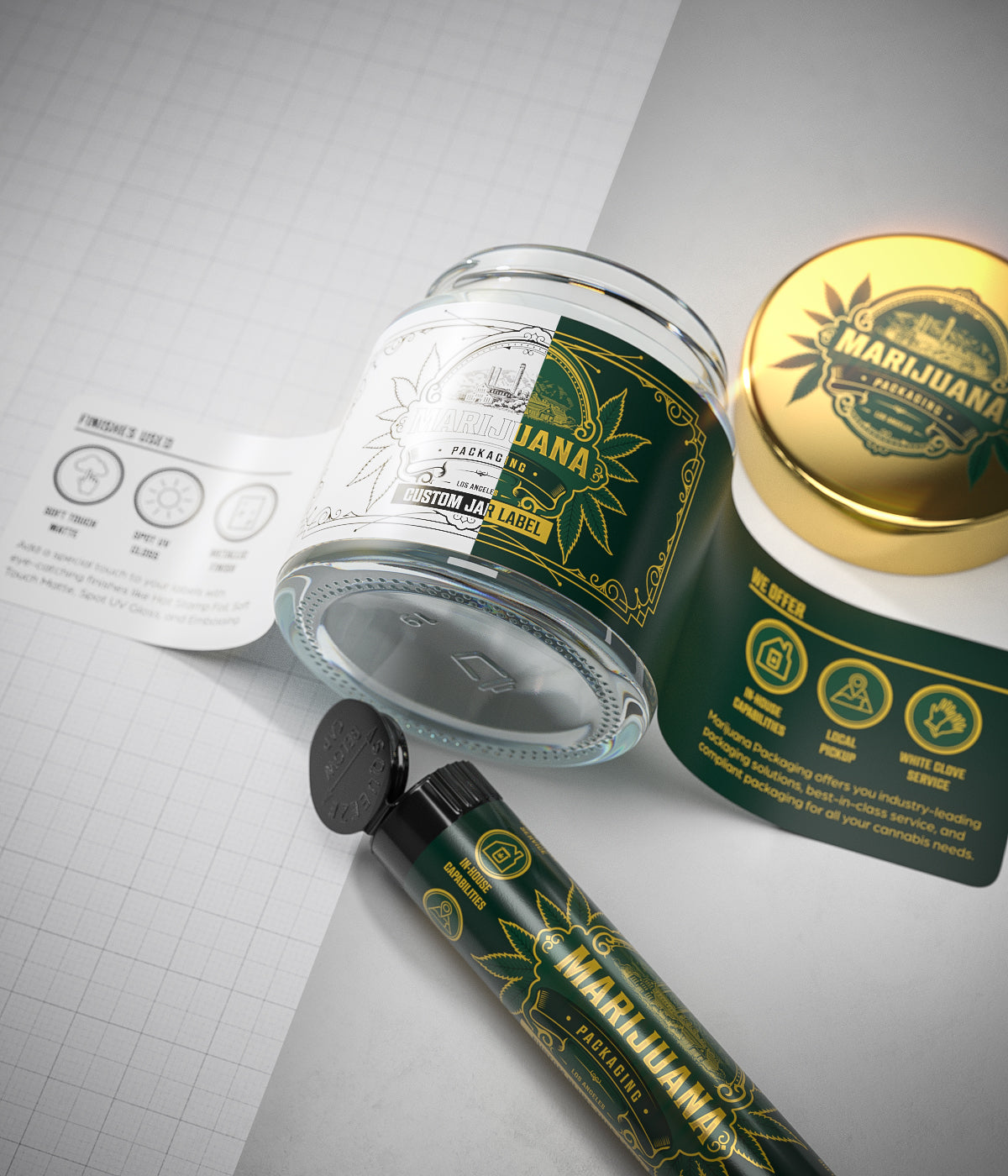
Leave a comment
All comments are moderated before being published.
This site is protected by hCaptcha and the hCaptcha Privacy Policy and Terms of Service apply.